בספרה האוטוביוגרפי כתבה הסופרת, המתרגמת וניצולת מחנה אושוויץ-בירקנאו, רות בונדי, את הדברים הבאים: "באחת הפגישות עם תלמידי בתי-ספר תיכוניים במסגרת לימודי השואה, בבית-הספר 'הר וגיא' בקיבוץ דפנה, נשאלנו ארבעת הניצולים שמסביב לשולחן הדיונים, מה היה הכי קשה לשאת. שלושת הגברים אמרו כאיש אחד: 'את הרעב'. ואני אמרתי: 'את הזוהמה'"1. פסיכולוג שלמה ברזניץ, הוחבא כילד במנזר עם אחותו (יהודית), בשעה שהוריהם גורשו למחנה אושוויץ (משם שבה רק אמו), כתב בסיום ספרו האוטוביוגרפי:
"כאשר נפטרה אמא, פרט למספר תצלומים, לא לקחתי אלי דבר מחפציה. אך דבר אחד קטן יקר ליהודית ולי מעל לכול: המסרק המלוכלך והשבור שהביאה מאושוויץ. כדי שתוכל לסרק את שערה הקצר היא רכשה אותו תמורת מנת לחם של יום שלם."2
המחקר הממשי בנושא החל אם כן במחצית השנייה של שנות השמונים והוא נמשך עד לסוף שנות התשעים. שלב זה היה "השלב הפורמטיבי" במחקר הנושא והתפרסמו בו מחקריים חלוציים ופורצי הדרך בתחום המהווים עד היום קרקע למחקרים עתידיים6.
החוקרות המרכזיות בתחום, כג'ואן רינגלהיים, מירנה גולדנברג, דליה עופר, ג'ודי באומל, מריון קפלן, קרול ריטנר, סיביל מילטון ואחרות, הדגישו כי במחקריהן הן פיצו על החסר המחקרי והתמקדו בייחודיות ההתנסות הנשית במקומות שונים במהלך השואה; במאפייניהן הפיזיולוגיים של הנשים והשפעתם על התנסותן בשואה; במאפיינים סוציולוגיים נשיים שהיו בעלי משמעות חשובה במהלך השואה; בשינויים במבנה המשפחתי; בדרכי תגובה שונות לאירועים קיצוניים מגוונים ועוד.
השלב הנוכחי במחקר, החל עם חילופי האלף. כאן אנו מוצאים הרחבה והעמקה של המחקר, תוך שבמקרים רבים, הוא נסמך כמובן, על המחקרים הפורמטיביים בנושא. בשלב זה אנו מוצאים ניסיונות לחקור מקומות ואירועים ספציפיים יותר; הרחבת בחינת ההתנסות הנשית לנושאים שלא נחקרו עד כה; ניסיונות ראשוניים להשוות במקרים מסוימים את ההתנסות הנשים בשואה בהשוואה להתנסותם של הגברים7 ועוד.
אבל, מדוע בעצם לחקור את הנושא? מה אנו מפיקים ממנו שלא הפקנו עד כה מחקר השואה באופן כללי? והאמנם הקביעה שנשים נרצחו כיהודיות ולא כנשים הנה נכונה?
דומני, שבאופן בריא לדעתי, השאלה האם צריך לחקור את הנושא כבר אינה רלוונטית. מיטב החוקרים עוסקים היום באספקטים שונים של הנושא; כנסים בינלאומיים מתקיימים בתחום; ספרים ומחקרים מתפרסמים, מוקמות תערוכות, ועוד ועוד. עבודתן החלוצית של חוקרות השלב השני הצליחו במשימתן – הנושא נמצא היום בלב מחקר השואה.
לסיכום, דומני שכמעט ולא ניתן לדמיין היום את מחקר השואה בלי מחקר הנשים במסגרתה. תרומת המחקרים שנעשו בתחום ושממשיכים להיעשות, תרמו ותורמים נדבך משמעותי וגדול לחקר הנושא ובלעדיו, כך אני חושבת, היה נותר במחקר השואה חלל משמעותי המדיר יותר ממחצית מקרבנותיו וכמחצית מהניצולים.
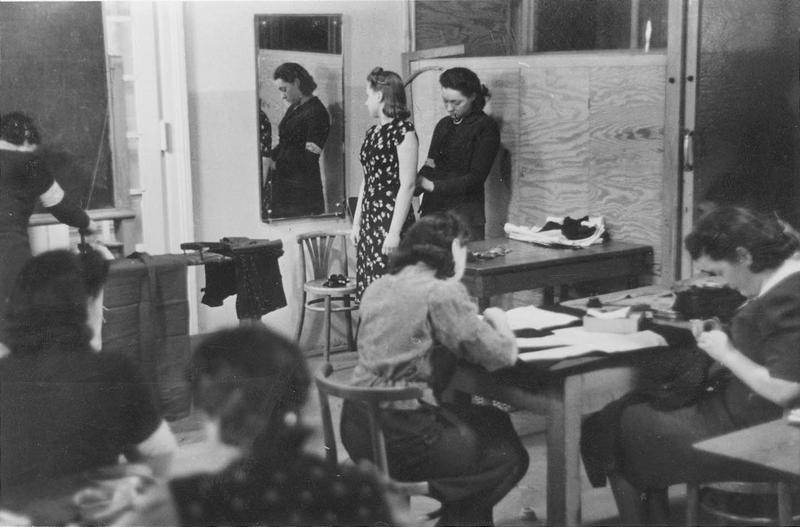
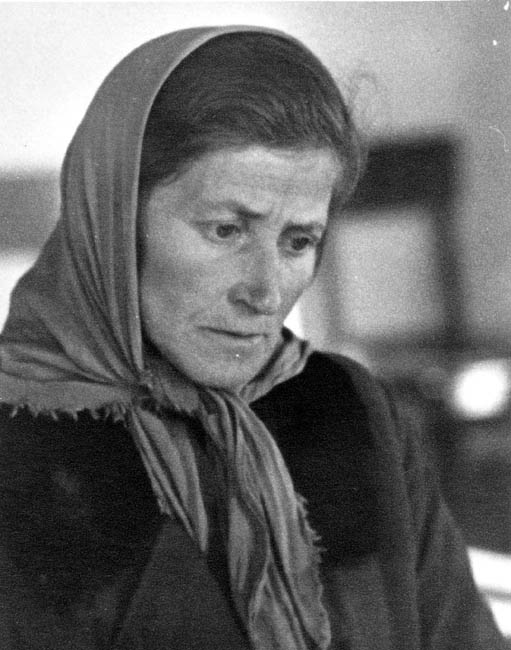
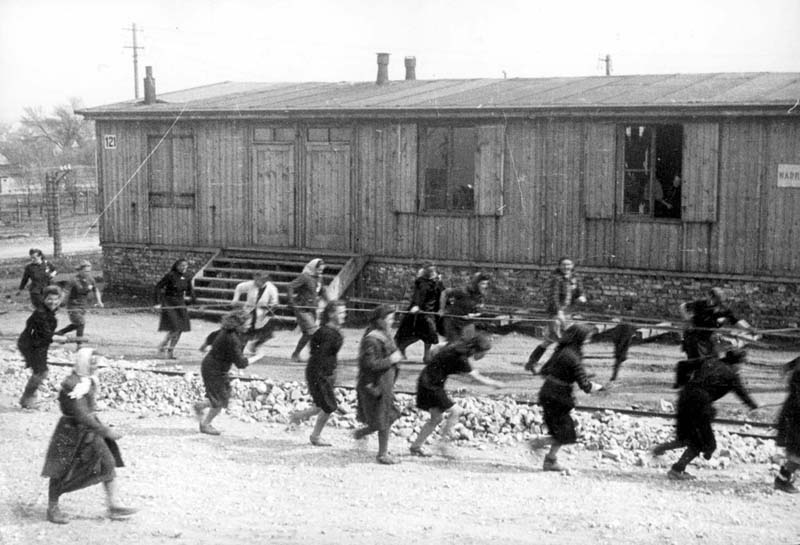
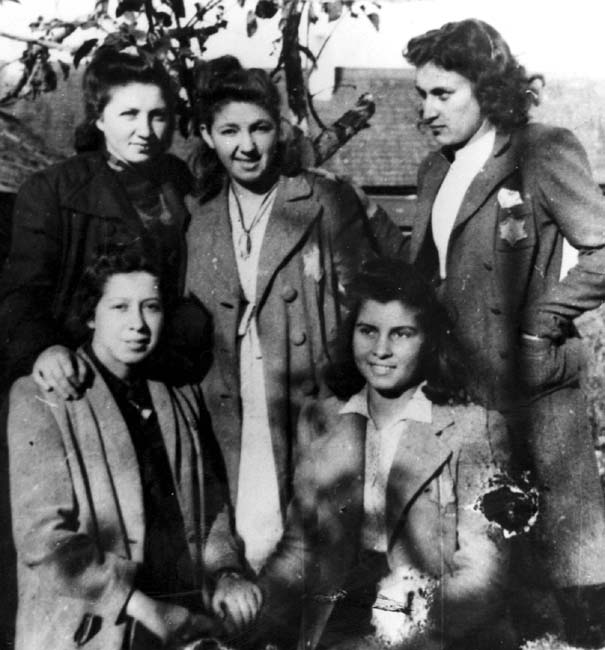
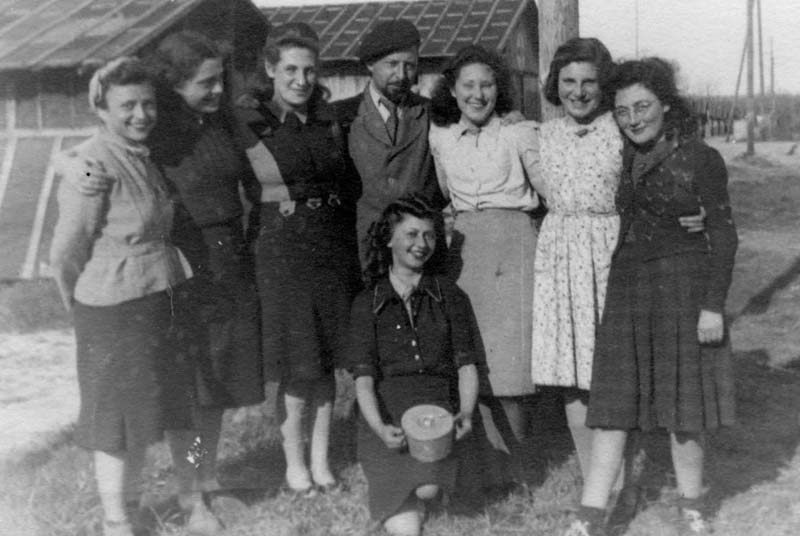

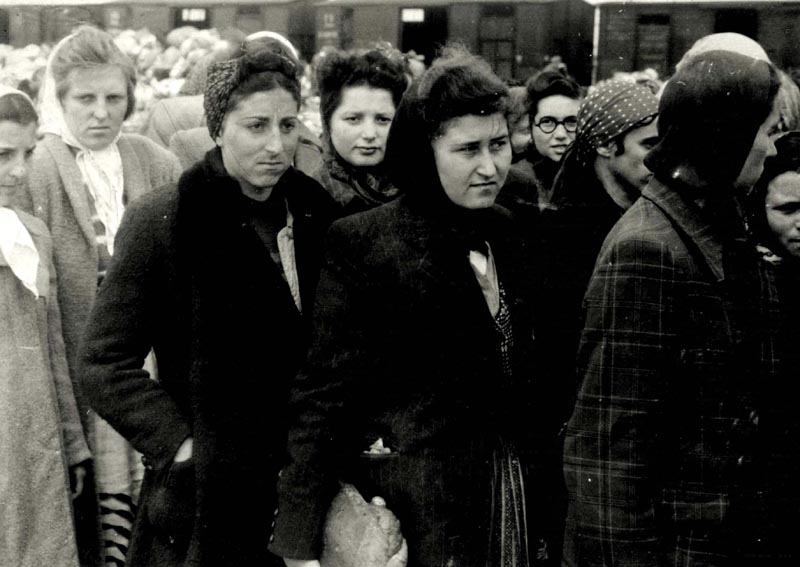
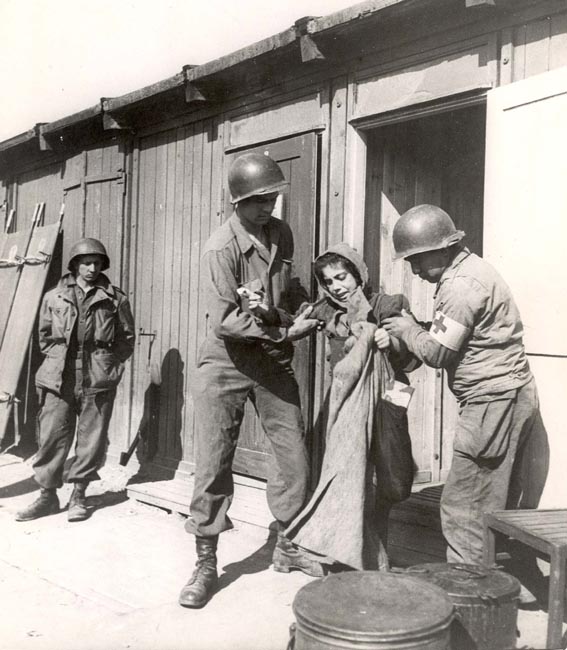
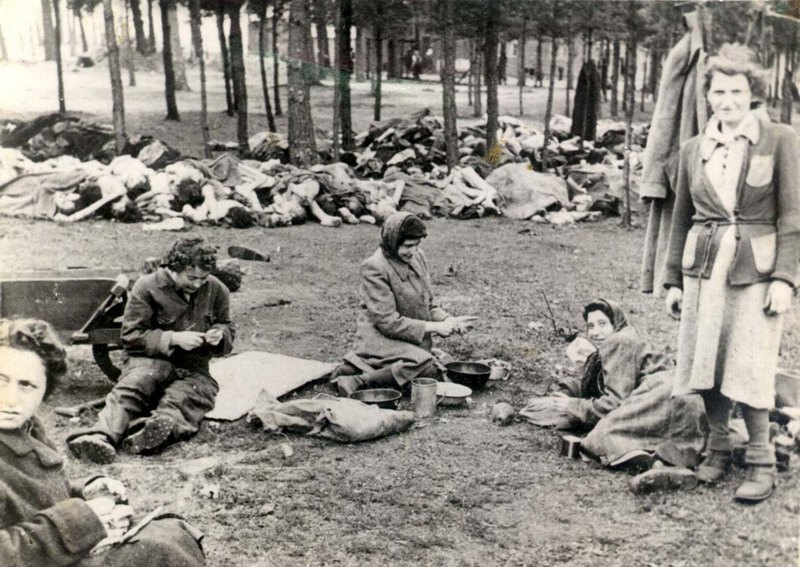
- 1.ר. בונדי, שברים שלמים, תל אביב, 1997, עמ' 49.
- 2.ש. ברזניץ, שדות הזיכרון, תל אביב, 1994, עמ' 147.
- 4.למשל, במסגרת הרצאותיה של ג'ואן רינגלהיים, וראו גם הערה מס' 19 לעיל.
- 5.ראה לדוגמא: C. Rittner, K. J. Roth, Eds., Different Voices. Women and the Holocaust, U.S.A., 1993, pp. xi-xiv.; החוקרת גיזלה בוק בשיחה פרטית שערכתי עמה ביולי 1999, ישראל.
- 6.גם כשהובן בשדה המחקר שלא ניתן, או קשה מאוד, להתעלם ממחקרים אלה, הם ספגו ביקורות קשות. כדוגמא מייצגת ראה: G. Schoenfeld, "Auschwitz and the Professores", Commentary, vol. 105, no. 6 (1998), pp. 5-42.. במאמר קבע שונפלד כי המחקר בתחום של נשים ושואה הונע על-ידי אידיאולוגיה פמיניסטית והאשים את חוקרי המגדר, הנשים והשואה, כמי ש"יעצו, נדנדו, חיטטו והוכיחו" את הניצולים עד שהאחרונים האמינו שנושאי מגדר אכן היו חשובים במחנות הריכוז. לדבריו, כל מה שמחקרים מסוג זה מצליחים לעשות הוא "לנתק את הנשים היהודיות בתודעתן ממשפחותיהן ומציבור רחב יותר." במאמר שפורסם באחד מספרי המחקר החשובים בתחום, Women in the Holocaust, הסיק לורנס לנגר, שחשיבותו של המגדר בשואה היתה פחותה בהרבה משל גורמים אחרים. L. L. Langer, "Gender Suffering? Women in Holocaust Testimonies", in Ofer, D., and Weitzmab, J. L., Eds., Women in the Holocust, p. 351.; גם ג'ואן רינגלהיים עצמה מתייחסת לנושא. ראה: J. M. Ringelheim, "Thoughts About Women and the Holocaust", in Thinking the Unthinkable. Meanings of the Holocaust, Gottlieb, S. R., Ed., New York, 1990, p. 144.
- 7.ראה לדוגמא את המחקרים הבאים: R. Briednthal, et al. Eds., When Biology Became Destiny: Women in Weimar and Nazi Germany, New York, 1984; J. M. Ringelheim, "The Unethical and the Unspeakable: Women and the Holocaust", Simon Wiesenthal Center Annual, 7 (September 1983), pp.1-24; J. M. Ringelheim, "Women and the Holocaust: A reconsideration of Research", Signs, 10 (1985), pp. 741-761; M. E. Heinemann, Gender and Destiny: Women Writers and the Holocaust, U.S.A., 1986; C. Koonz, Mothers in the Fatherland. Women, The Family, and Nazi Politics, New York, 1987; J. T. Baumel, Double Jeopardy. Gender and the Holocaust, London, 1998; M. Goldenberg, "Different Horrors, Same Hell: Women Remembering the Holocaust", in Thinking the Unthinkable. Meanings of the Holocaust, Gottlieb, S. R., Ed., New York, 1990, pp. 150-166; G. Bock, "Nazi Gender Policies and Women's History", in A History of Women in the West. Vol V: toward a Cultural Identity in the Twentieth Century, Baud, F, Ed., U.S.A, 1992, pp. 148-176; C. Rittner, K. J. Roth, Eds., Different Voices. Women and the Holocaust, U.S.A., 1993; M. A. Kaplan, Between Dignity and Despair: Jewish Life in Nazi Germany, New York, 1998; Ofer, D., and Weitzman, J. L., Women in the Holocaust, Eds., New Haven and London, 1998.
